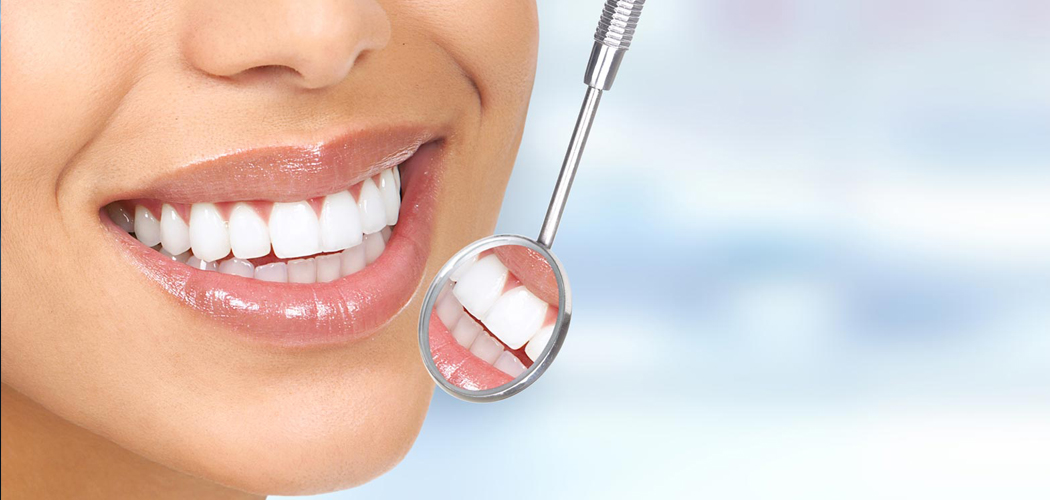- Call Today
- Open Hour
8.00 am to 11.30 pm
8.00 am to 11.30 pm

By definition, dentistry is the evaluation, diagnosis, prevention, and treatment of diseases and conditions of the body’s oral and maxillofacial region (ADA, American Dental Association).
The most common dental care providers are general dentists, who make up about 80 percent of practitioners.
The other 20 percent consists of dental specialists, including:
80 percent of dental practitioners are general dentists.
20 percent of dental practitioners are dental specialists.
General dentists offer preventive and restorative services, such as x-rays, teeth cleanings, cavity fillings, and sealants. Unlike specialists, who focus on one specific area of dentistry, general dentists offer a wide range of treatments and procedures. They also treat patients of all ages.
Dental specialists, such as endodontists, are highly skilled at performing and treating tooth pain, specifically root canals. Some patients visit a general dentist to receive a root canal, while others may see an endodontist if their situation requires specialized root canal treatment
Dentistry is a “hands-on” practice.
The profession requires four years of highly accredited education after completing a bachelor’s degree. This intensive education allows general dentists to gain dexterity, skills in performing tasks with their hands, as well as in-depth scientific knowledge about the field.
General dentists also specialize in specific types of procedures based on their individual skills and current needs of patients.
Many general dentists use a combination of specialized care, including oral surgery, restorative services, and basic dental care treatments. Common general dentistry treatments include:
When visiting a general dentist, whether you are going in for a routine dental exam or a minor oral surgery, there are many options to choose from.
Services offered by general dentists include restorative services, preventive treatments, oral surgery, and cosmetic dentistry:
During routine dental exams, your dentist searches for cavities and signs of oral diseases. If you show up positive for tooth decay, they will recommend an indirect or direct restoration.
Restorative dental procedures are the “bread-and-butter” of general dentistry.
Direct restorations are repairs made inside the mouth (e.g., cavity fillings). These restorations are also usually placed within one office visit.
General dentists also offer indirect restoration procedures (materials made outside of the mouth based on an individual’s teeth impressions). However, unlike direct restoration options, they require at least two dental visits.
The first step is to prepare the teeth by removing decay and preparing them for the indirect restoration. Then an impression is made. Lastly, your dentist sends the impressions to a dental laboratory to be created.
During the second visit, the restorations are fitted to the teeth and any necessary adjustments are made. Patients currently have a few indirect restoration treatments to choose from, including:
Cosmetic dentistry is one of the fastest-growing sectors of dentistry.
Many patients electively seek cosmetic procedures. This is because these treatments enhance an individual’s smile, which boosts their confidence and improves their appearance.
People of all ages can safely receive cosmetic treatment from a certified dental professional.
Additionally, if you suffer from extreme anxiety about procedures, sedation dentistry is also an option to ensure the process runs smoothly. Since cosmetic treatment is becoming more popular, many general dentists in the U.S. specialize in these procedures.
Treatment options include veneers and professional teeth whitening:
At-home teeth whitening produces nearly identical results to professional whitening. And it costs just a fraction of the prices. Read our review of the best teeth whitening kits.
Copyright © 2022 Craft Dental Service is proudly created by ShadowSign